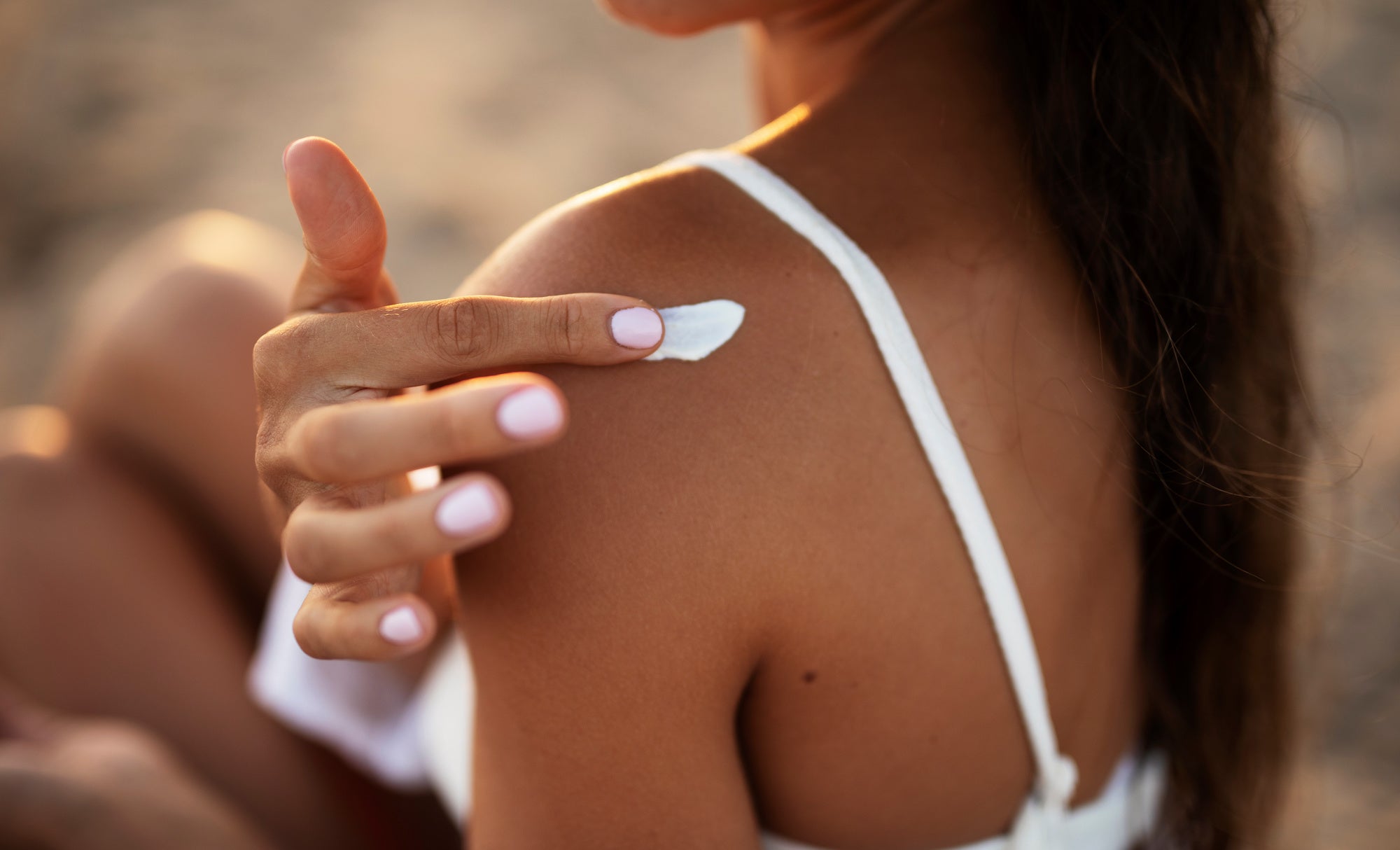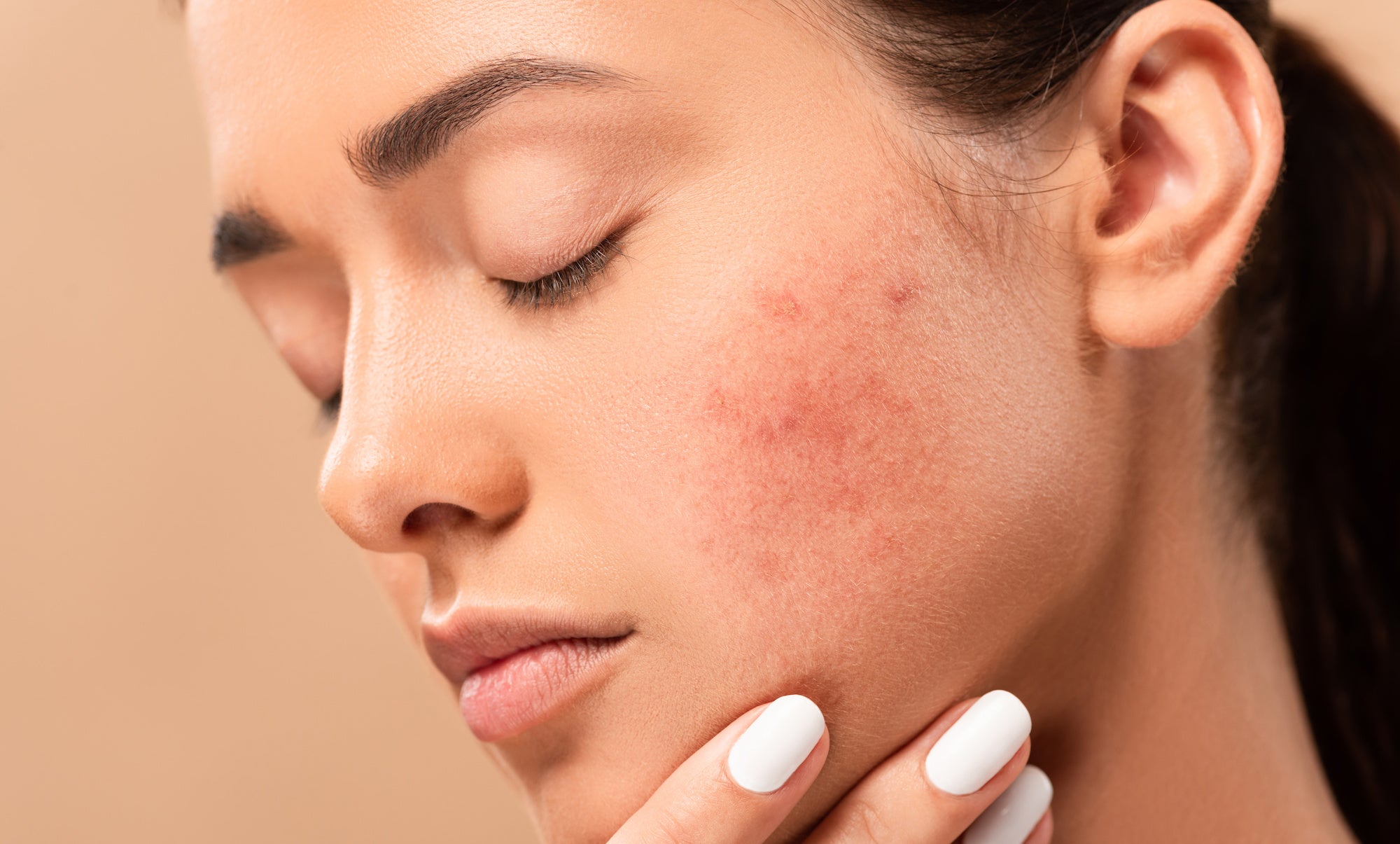
The Truth About Top SPF Concerns
It is common knowledge about the importance of wearing sunscreen when exposed to harmful UV rays, but some SPF myths are harder to understand. We are here to set the record straight with some of the top SPF concerns and the truths you should know.
Are Common Sunscreen Ingredients Oxybenzone (BP-3) and octinoxate (OMC) harmful to humans?
There has been a lot of speculation over two common sunscreen ingredients that were recently banned in Hawaii and Key West, Oxybenzone (BP-3) and octinoxate (OMC). Many have chosen to forgo them altogether and have been finding alternative SPF ingredients.
Recent evidence has raised concerns about the safety of sunscreen products because some of the sunscreen ingredients can get absorbed into our bodies. Two common ingredients, oxybenzone (BP-3) and octinoxate (OMC), have been banned in some places because they are harmful to marine life. However, when it comes to their impact on human health, the findings are not clear-cut.
Studies show that BP-3 doesn't seem to affect things like fertility, hormone levels, or child development, but it may have some associations with thyroid hormones, testosterone, kidney function, and puberty timing, which need more investigation. OMC, on the other hand, doesn't seem to have any significant effects on hormones. Overall, we don't have enough evidence yet to say for sure whether these sunscreen ingredients can cause health problems in people. To be certain, we need to do more well-designed studies over a long period of time.
Does Sunscreen Prevent Vitamin D Absorption?
A new study conducted by British Journal of Dermatology (BJD), along with a systematic review of 75 other papers, has found that using sunscreen does not prevent the production of vitamin D in most people.
Vitamin D is crucial for bone health and is made by the skin when exposed to sunlight. However, sunlight is also the main cause of skin cancer. The study showed that using sunscreen properly, even with a Sun Protection Factor (SPF) of 15, allows for good vitamin D production.
The research supports the idea that the risk of vitamin D deficiency from sunscreen use is low. This is important because some people worry that sunscreen might lead to vitamin D deficiency, but the evidence suggests that the benefits of sunscreen in preventing skin cancer outweigh any potential risks related to vitamin D. More research is needed to study higher SPF sunscreens and how this might affect people with darker skin types who are at a higher risk of vitamin D deficiency.
Is It Healthy to Get a Base Tan As Long As You Don't Burn?
Dr. Deborah Sarnoff, a board-certified dermatologist in New York and President of The Skin Cancer Foundation told Dermstore, "There is no such thing as a safe “base tan” or a “healthy tan.” UV radiation is a proven human carcinogen, and unprotected exposure to these rays significantly increases your risk of developing skin cancer.
Tanning, like sunburn, is caused by permanent DNA damage to the skin. The immune system sends repair enzymes to the site of sun damage, and as part of the repairs, they put up a wall of darker pigment to prevent further sunburn. But the repairs are never perfect, and some of the damage that has already been done can cause mutations in the skin cells; along with the defects from previous damage, they may prematurely age the skin and one day lead to skin cancer.
What Type of Sunscreen is Better, Mineral or Chemical?
There are two main types of sunscreens: mineral and chemical. Mineral sunscreens, with ingredients like titanium dioxide and zinc oxide, create a physical barrier on the skin that reflects UV light. They don't get absorbed into the skin and offer excellent protection.
You can recognize mineral sunscreens by their white, chalky appearance. Some mineral sunscreens come tinted to combat this, and you can even find titanium dioxide in your favorite Oxygenetix Foundations and Concealers! Remember to wear sunscreen under your foundation and to reapply every two hours when in the sun. Oxygenetix foundations and concealers are a great every day enhancement to your SPF routine to keep your skin extra protected and flawless.
On the other hand, chemical sunscreens contain active ingredients like oxybenzone, octinoxate, and others. They work by absorbing UV rays and changing their chemical structure to reduce sun damage. According to MD Anderson Cancer Center, Chemical sunscreens may not be as effective as mineral ones and need to be reapplied every couple of hours.
Mineral sunscreens provide a strong shield, especially for those with sun sensitivity or undergoing cancer treatment. If you prefer a more natural look, you can try tinted options. Chemical sunscreens, while more convenient, wear off quickly, especially with water or sweat exposure.
Whichever type of sunscreen you choose, regular reapplication is crucial for continuous protection. So, enjoy the sun safely and stay protected!


コメントを書く
このサイトはhCaptchaによって保護されており、hCaptchaプライバシーポリシーおよび利用規約が適用されます。